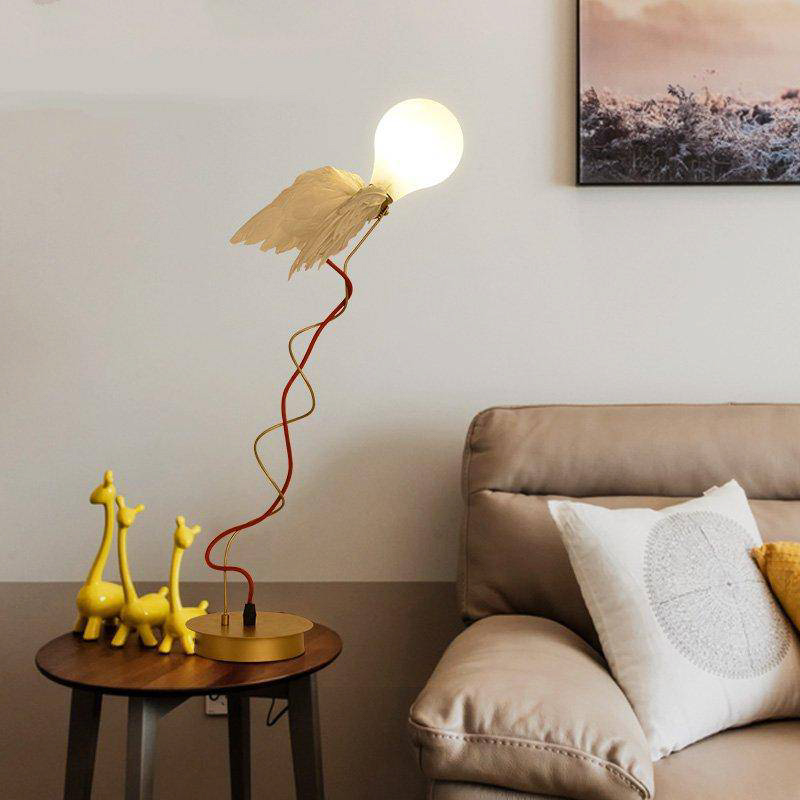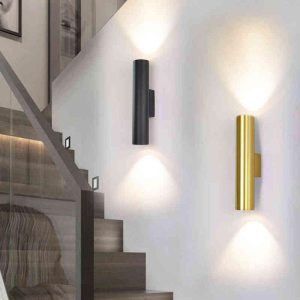
Introduction
Painting is a form of art that has been practiced since ancient times. The art of painting allows the artist to express themselves in various ways, such as through the use of colors, textures, and lighting. Lighting, in particular, is an essential aspect of painting that can enhance a painting’s overall aesthetics and help to convey a mood or atmosphere.
In this article, we will discuss the importance of lighting in painting and explore some techniques that artists can use to achieve different lighting effects. Whether you are a beginner or an experienced painter, this guide will help you to master the art of painting lighting and add radiance to your art.
The Importance of Lighting in Painting
Lighting is the way that light falls on a painting, and it affects the way that the colors, shapes, and textures are perceived by the viewer. Lighting can create a sense of depth, highlight specific parts of a painting, and convey the mood and atmosphere of the scene that the painted image is portraying.
Without proper lighting, a painting can appear flat, lifeless, or confusing, which could diminish its impact on the viewer. Good lighting, on the other hand, can enhance the painting’s contrast, make the colors pop, and create a sense of realism that draws the viewer in.
Techniques for Painting Lighting
There are several techniques that artists use to paint lighting. Here are some of the most common techniques:
1. The Direct Method
The direct method involves painting the light areas of a scene first and then adding in the dark areas afterward. This technique is useful for creating bright, high-contrast lighting effects and is suitable for painting still life, landscapes, and portraits.
For example, if you are painting a landscape with the sun shining brightly, you would first apply a layer of yellow or light orange to the sky and the areas of the landscape that are directly hit by the sunlight, such as the tops of trees or grassy hills. Then, you would add in shadows, using darker shades of green or brown to create depth and contrast.
2. The Indirect Method
The indirect method involves starting with the underpainting and gradually building up the layers of paint to create a sense of depth and texture. This technique is useful for creating subtle, diffuse lighting effects and is suitable for painting portraits, still lifes, and other detailed scenes.
For example, if you are painting a portrait, you might start by choosing a base color for the skin tone and applying it to the entire canvas. Then, you would add in the shadows and highlights using more opaque layers of paint, gradually building up the layers to create a sense of depth and dimensionality.
3. The Glazing Method
The glazing method involves building up layers of translucent paint to create a sense of luminosity and depth. This technique is useful for creating soft, delicate lighting effects and is suitable for painting landscapes, still lifes, and other scenes that require a gentle touch.
For example, if you are painting a landscape with a misty, ethereal quality, you might start by applying several thin layers of translucent paint to the sky and the areas of the landscape that are in the distance. Then, you would gradually build up the layers of paint to create a sense of depth and softness.







